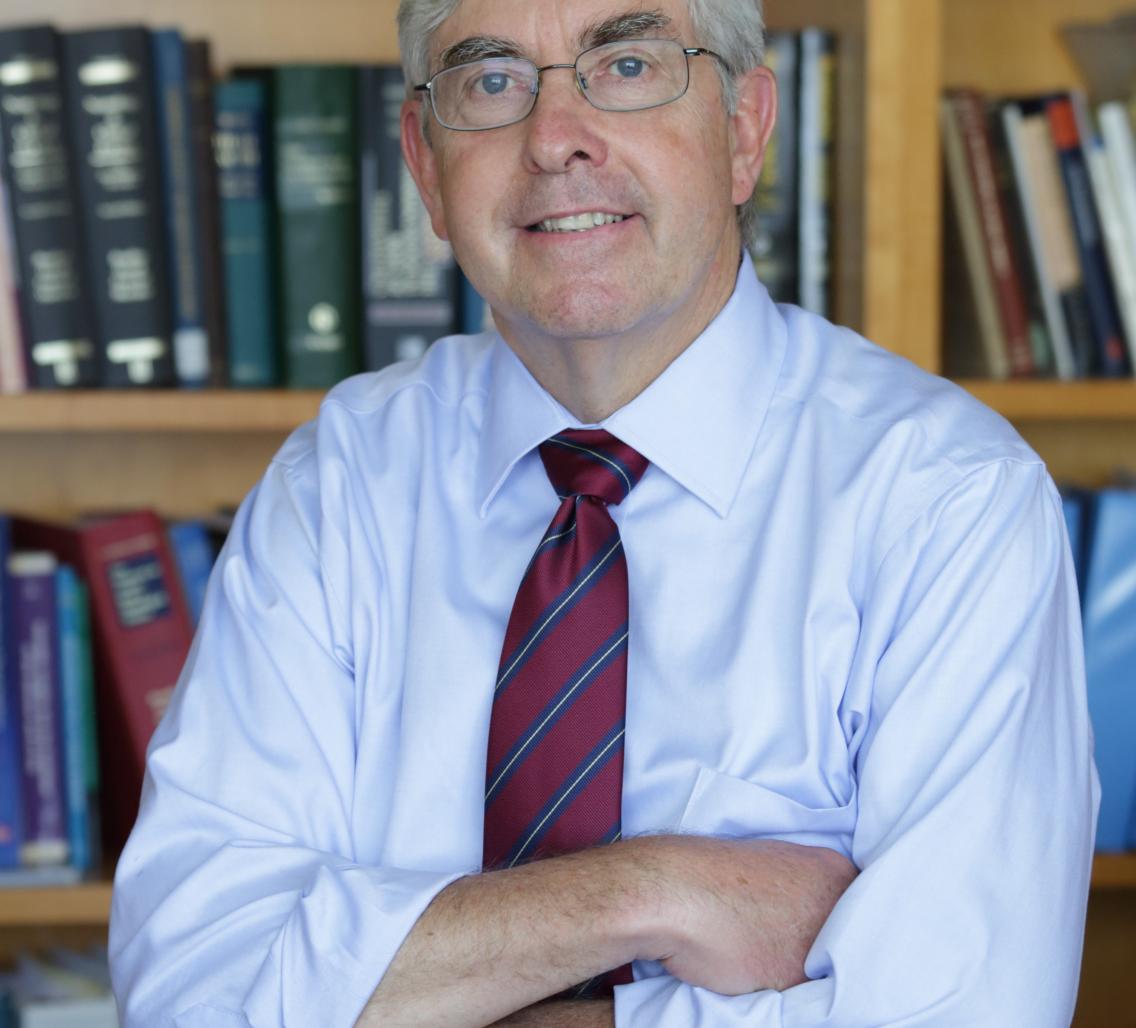Event Details:

Walter Koroshetz, MD
Director, National Institute of Neurological Disorders and Stroke
Abstract
In the first decades of the 20th century physics entered a golden age as experimentalists and theorists uncovered the secrets of matter and energy. Modern neuroscience began to sprout in the second half of the 20th century and has been growing exponentially over the past 4 decades. A series of major advances at the end of the 20th and extending into the 21st century identified key molecules, transmitters, receptors, other signaling molecules and even molecular pathways in normal and diseased tissue. In 2014 the Brain Research through Advancing Innovative Neurotechnologies (BRAIN) Initiative was launched with a mandate to develop new technologies to enable the study of brain circuits. From its outset, its singular focus was on applying those technologies toward fundamental questions of how neural circuits integrate sensory information and produce behaviors. Fueled in large part by the National Institutes of Health (NIH), neurotechnologies have now developed that allow investigators to map, monitor and modulate complex neural circuits, enabling the pursuit of research questions previously considered unapproachable. As a result, systems neuroscience has witnessed a renaissance. Yet it is the convergence of molecular neuroscience with the new systems neuroscience that promises the greatest future advances. This is particularly true for our understanding of nervous system disorders, some of which have known molecular drivers or identifiable brain pathology but we lack knowledge of how these disturb circuit function to cause a patient’s disability. Others are without known molecular causes or obvious neuropathology are even more dependent upon new abilities to identify and characterize the disordered circuit(s). Molecular and systems neuroscience are advancing at such pace that as they converge it is difficult to imagine that they will not reveal secrets of how the brain works and issue in a Golden Age of Neuroscience.
Bio
Dr. Koroshetz serves as Director of the National Institute of Neurological Disorders and Stroke. He joined NINDS in 2007 as Deputy Director and has held leadership roles in a number of NIH and NINDS programs including co-leading the NIH’s BRAIN Initiative, the NIH Blueprint for Neuroscience, the Traumatic Brain Injury Center collaboration between the NIH intramural and the Uniformed Health Services University, the Helping to End Addiction Long Term (HEAL) Initiative, the Common Fund’s Undiagnosed Disease and the Acute to Chronic Pain Transition programs,.and he was instrumental in founding the NIH Office of Emergency Care Research,
Before joining NINDS, Dr. Koroshetz served as Vice Chair of the neurology service and Director of stroke and neurointensive care services at Massachusetts General Hospital (MGH). He was a professor of Neurology at Harvard Medical School (HMS) and led neurology resident training at MGH between 1990 and 2007. Over that same period, he co-directed the HMS Neurobiology of Disease Course with Drs. Edward Kravitz and Robert H Brown.
A native of Brooklyn, New York, Dr. Koroshetz graduated from Georgetown University and received his medical degree from the University of Chicago. He trained in internal medicine at the University of Chicago and Massachusetts General Hospital. He then trained in Neurology and Neuroscience at MGH and Harvard Neurobiology focusing on how synaptic mechanisms might contribute to neuronal death. His early research in the lab and clinic focused on Huntington’s disease and with the team at MGH performed the first study of pre-symptomatic testing based on linkage analysis. A major focus of his clinical research career was the development of measures in patients that reflect the underlying biology of their conditions. This led to brain the development and validation of imaging techniques including Magnetic Resonance (MR) spectroscopy in Huntington’s disease; diffusion/perfusion MR and CT X-ray angiography and perfusion imaging in stroke. These stroke imaging tools are now commonplace in stroke care. Guided by these tools he pioneered acute clot removal for acute stroke patients with large artery occlusion which is now practiced at Comprehensive stroke centers around the country. He played a significant role in the revolution in acute stroke care in the US and the growth of the neurointensive care field.